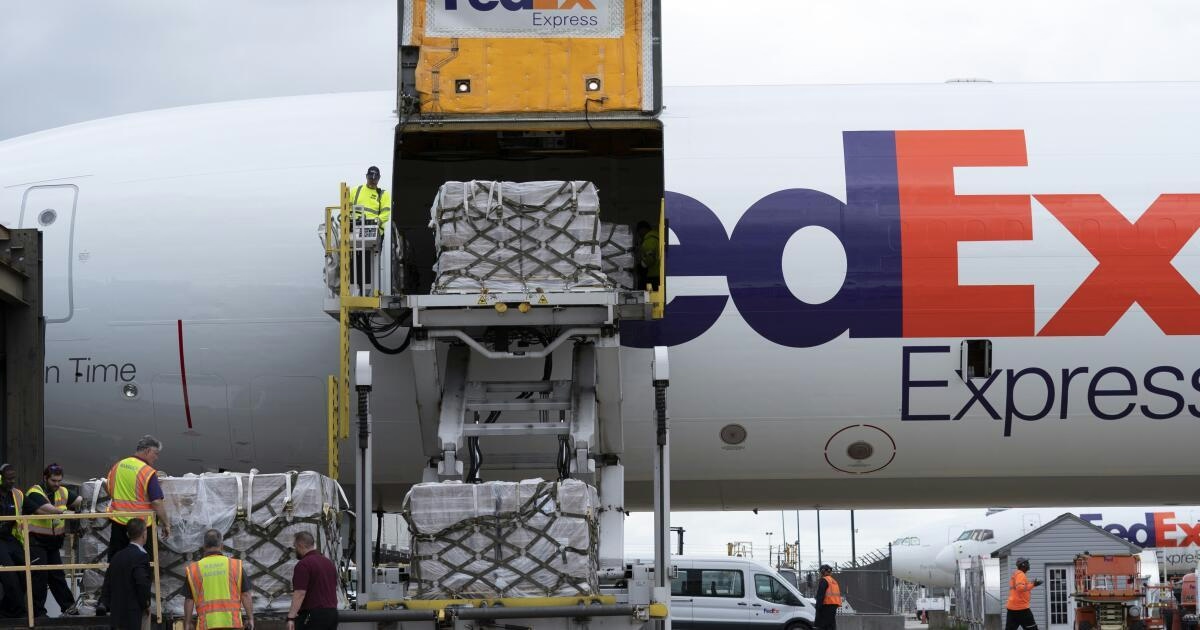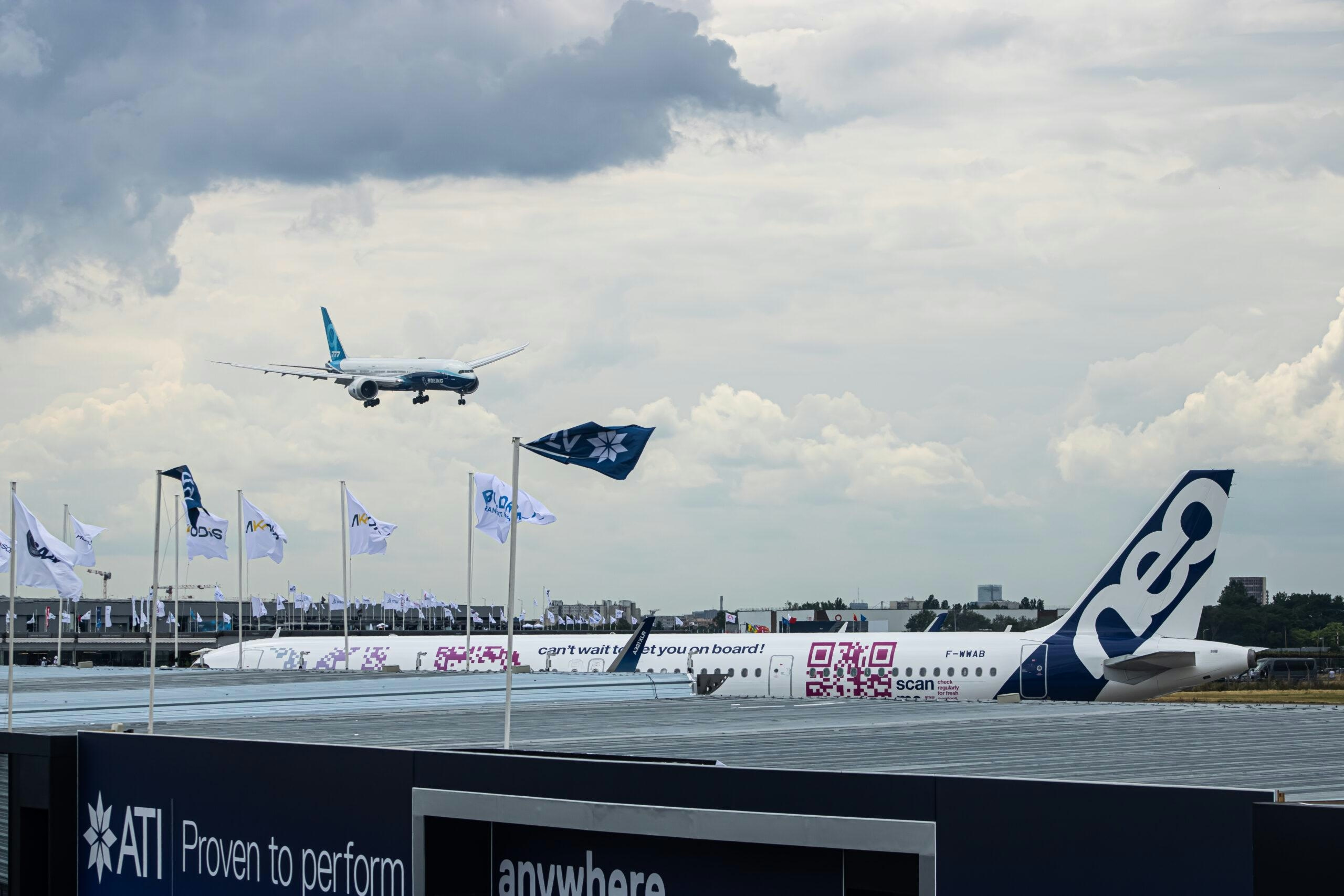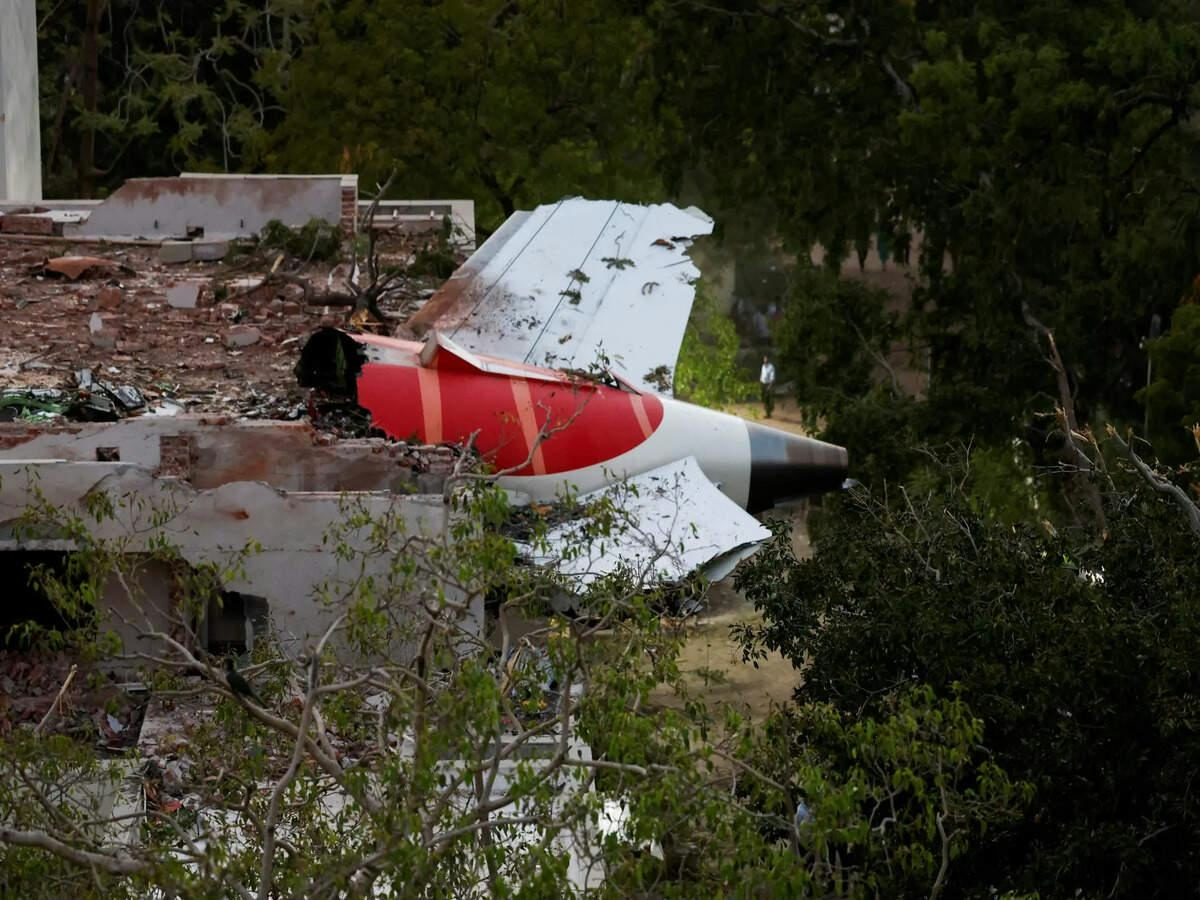
AeroGenie - مساعد الطيار الذكي الخاص بك.
الرائج الآن
Categories
Navigating MRO Compliance in an Increasingly Complex Regulatory Environment

Navigating MRO Compliance in an Increasingly Complex Regulatory Environment
The global Maintenance, Repair, and Overhaul (MRO) sector remains a fundamental pillar of aviation safety and operational reliability. However, it now confronts an unprecedented level of regulatory complexity. As the regulatory environment becomes increasingly intricate, MRO providers must adopt a vigilant and adaptive stance, not only to ensure compliance but also to leverage emerging opportunities driven by digital transformation, sustainability efforts, and regional market expansion.
Expanding Regulatory Challenges and Emerging Technologies
Compliance demands in the MRO sector have evolved far beyond traditional aviation regulations. Operators must now navigate a dynamic and multifaceted array of global requirements, including those imposed by the Federal Aviation Administration (FAA) and the European Union Aviation Safety Agency (EASA). Additionally, new regulatory frameworks are emerging to address cutting-edge technologies such as generative artificial intelligence. The recent formal adoption of the European Union’s AI Act introduces critical compliance deadlines that will affect a broad spectrum of AI applications within aviation and related industries.
Alongside technological considerations, heightened risks surrounding intellectual property protection, regulatory adherence, and strategic alignment have become increasingly prominent. Industry analyses, such as those from PwC, emphasize the necessity for companies—including those in the MRO sector—to revise internal processes and invest in comprehensive supervisor training. This is particularly crucial as the aviation supply chain becomes more interconnected with other high-risk industries like biotechnology and pharmaceuticals, where complex regulatory environments and innovation pressures demand robust compliance frameworks and strategic mergers and acquisitions.
Geopolitical and Trade Policy Impacts on Compliance
Geopolitical developments and shifting trade policies further complicate the MRO compliance landscape. The forthcoming 2025 amendment to the US-EU Bilateral Aviation Safety Agreement (BASA) mandates that US-based repair stations holding EASA Part 145 approvals implement comprehensive safety management systems (SMS). Concurrently, global tariff policies remain volatile. The United States has recently imposed, adjusted, or temporarily suspended tariffs on aircraft components, steel, aluminum, and other materials, prompting reciprocal actions from international trading partners. These rapid policy shifts have introduced significant price volatility, complicating long-term financial planning for MRO operators.
Historically, the aviation industry benefited from duty-free provisions under the 1980 Agreement on Trade in Civil Aircraft. While some exceptions persist, the current environment is marked by increased unpredictability, compelling MRO providers to maintain vigilant monitoring and proactive anticipation of regulatory changes.
Financial institutions and other stakeholders within the aviation supply chain are also grappling with the repercussions of these developments. Rising financial crime risks have necessitated enhanced onboarding procedures to comply with regulations such as the European Union’s Anti-Money Laundering (AML) Directive. Banks and financial entities must carefully balance stringent compliance requirements with the imperative to preserve customer trust.
Strategic Approaches to Compliance and Market Opportunities
In order to effectively manage these multifaceted challenges and capitalize on market opportunities amid significant operational backlogs, MRO businesses must embrace a proactive and cross-functional approach to compliance. This strategy involves close collaboration among business, commercial, and legal teams, continuous process refinement, and targeted training initiatives. By anticipating regulatory developments and aligning organizational strategies accordingly, MRO providers can successfully navigate the evolving regulatory landscape and sustain their vital role within the global aviation ecosystem.

China’s Low-Altitude Economy Expands with Air Taxis and Drone Deliveries

Report Details Fiery History of McDonnell Douglas MD-11’s CF6 Engine

Supreme Court Rules Pilot Not Liable in Air India AI171 Crash

Huntington Beach Considers Vertical Taxi Pilot Program

Flight Reductions Threaten Timely Delivery of Critical Goods to LAX and Other Airports

Archer Aviation Shares Decline Amid Market Volatility

Airbus Secures Largest Aircraft Order of the Year

Debate Continues Over Responsibility for Air India Crash

Beta Electric Aircraft May Join Signature’s Florida FBO Network
